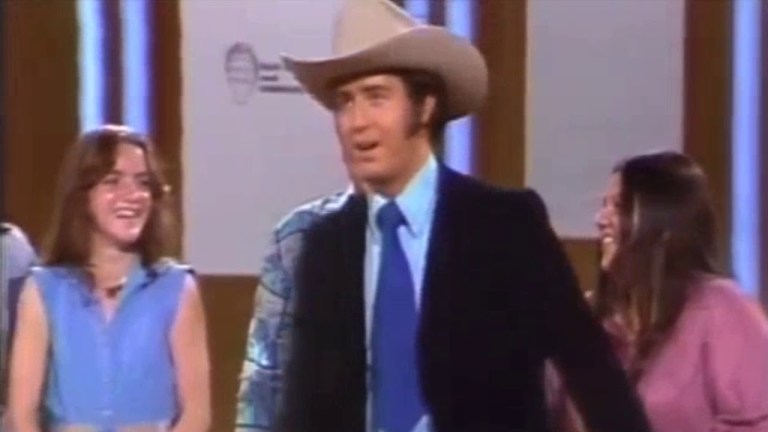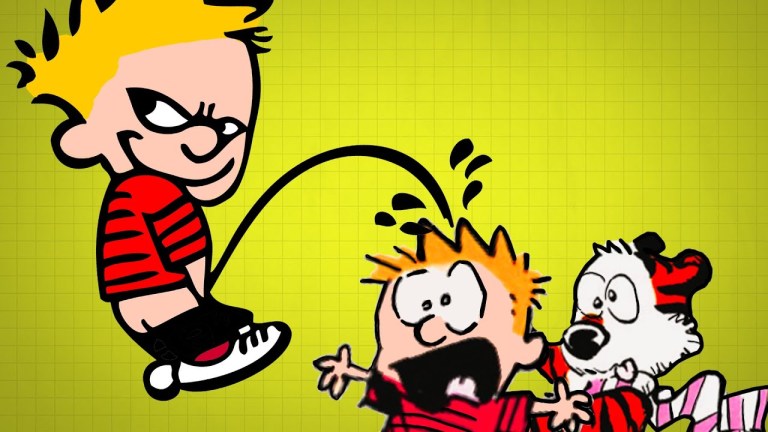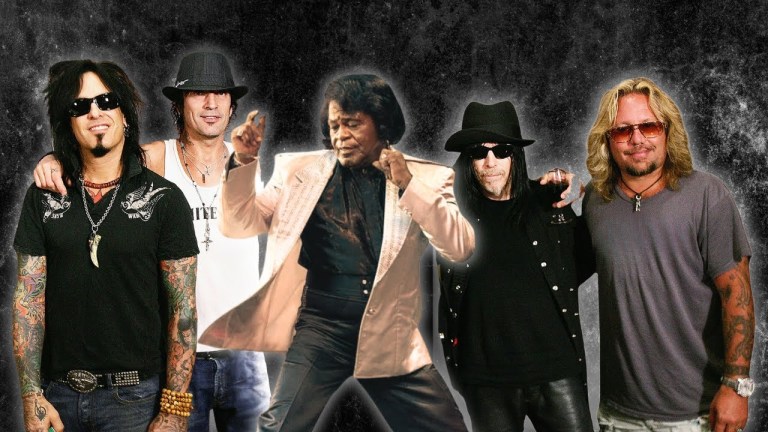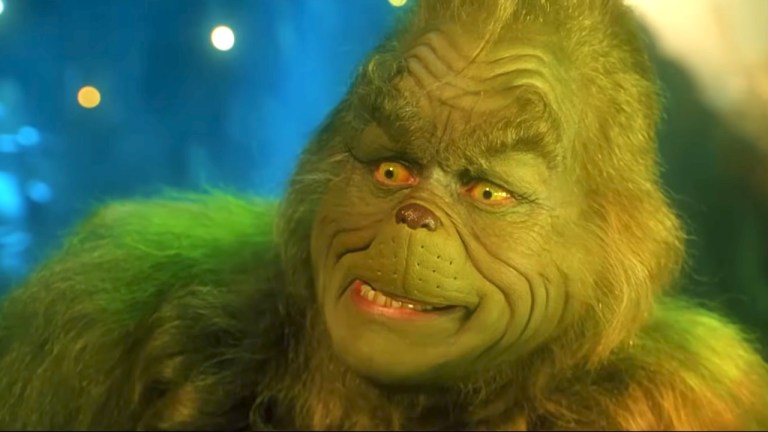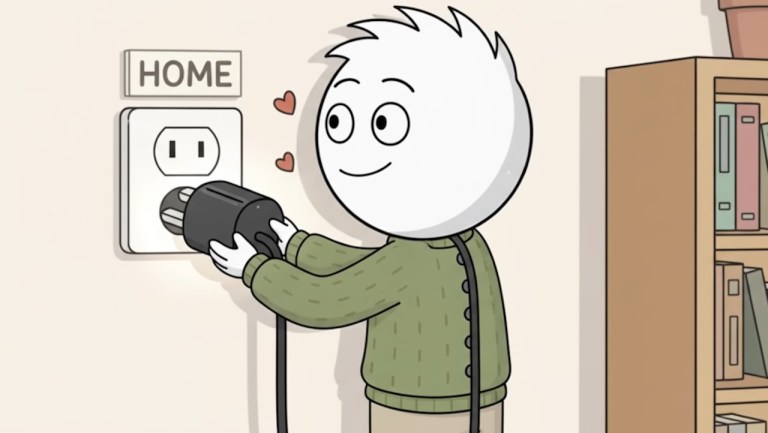How the Cardboard and Plastic Ouija Board Came to Be Trusted as an Effective Conduit to the Spiritual World
In a bewitching video essay for the Vox series Overrated, host Phil Edwards wonders aloud as to how the Ouija Board, a marketed game that is made up of a piece of cardboard and a pointed plastic came to be trusted as such an effective conduit to the spirit world. The story behind the board has to do more with capitalism than the fashionable spiritualism of the late 19th century. Entrepreneur William Fuld, who might have had a passing interest in the ghostly fad but definitely had a knack for money and knew a good thing when he saw it. Despite the fact that Fuld created his own talking board, the original design was more far more recognizable.
So where does Ouija fit in? …This patent from 1891 is the direct ancestor to Ouija. Fittingly, the game has a murky origin, but Americans Elijah Bond and Charles Kennard were behind this version. It has all of the ingredients: the board with Yes and No,and a planchette – that’s the name for the pointy thing that picks your letters. There are theories about the name — …But the most likely explanation is that it was Egyptian-sounding, since that’s how it was marketed and explained on that first patent. The next year, entrepreneur William Fuld patented his own talking board. But Ouija was the brand that took off – so Fuld and company bought it.
Fuld made the Ouija internationally famous, making him very rich, although, not immune to the IRS.
There are many great Ouija stories out there. One of my favorites is that in 1921, William Fuld was forced to admit Ouija was a children’s toy. The reason? Tax purposes.

